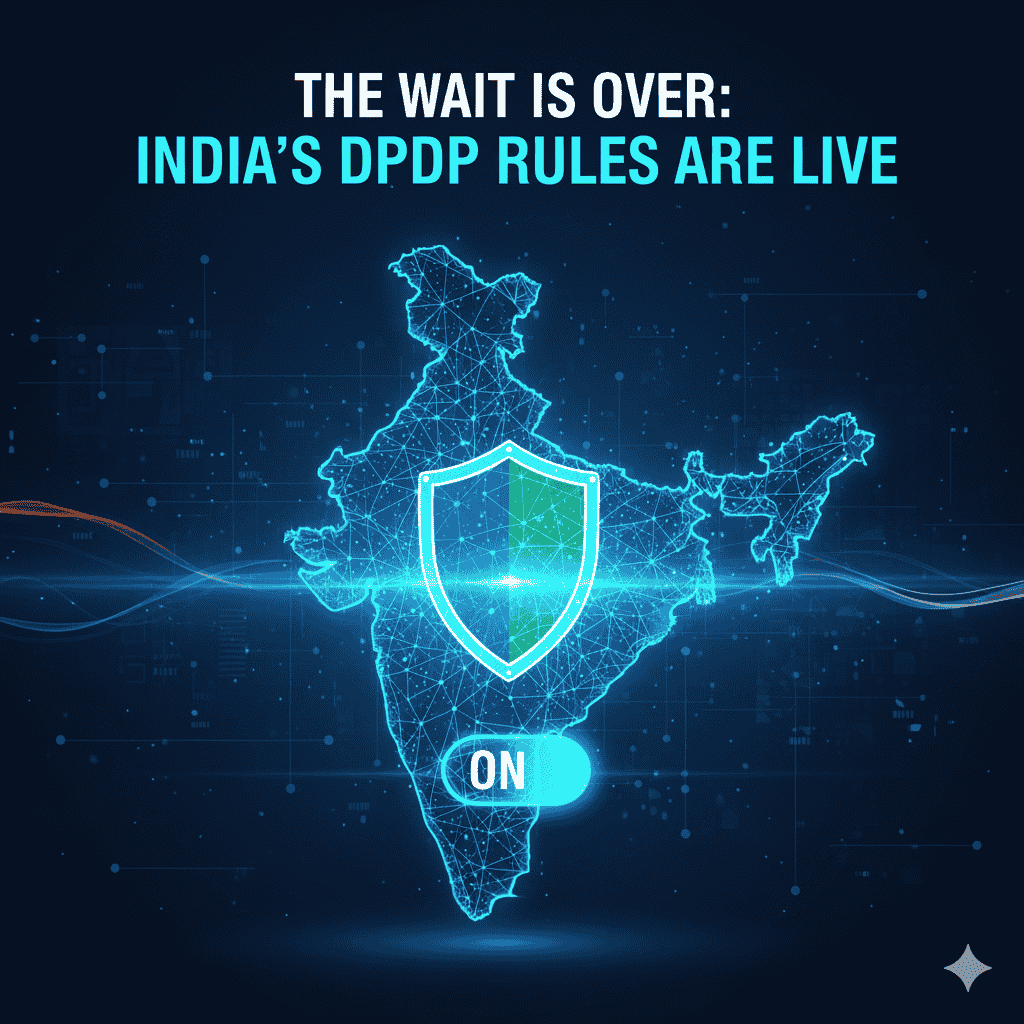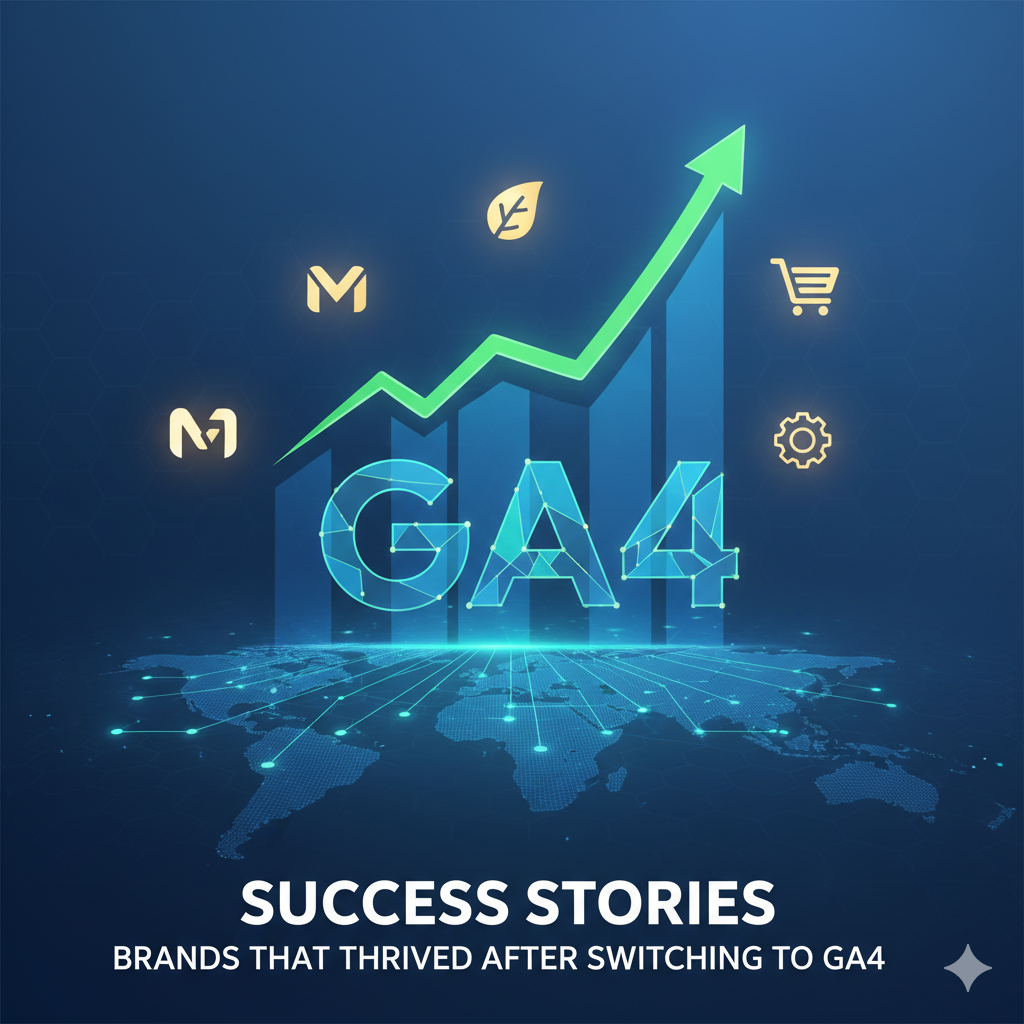In an increasingly competitive marketplace, businesses are continually seeking innovative strategies to capture and retain customer attention. One such approach that has gained momentum in recent years is gamification. By integrating game-like elements into non-gaming contexts, companies create engaging experiences that can significantly enhance customer loyalty. In this article, we will explore the concept of gamification, its application in fostering loyalty, and the benefits it brings to brands and consumers alike.
Understanding Gamification
Gamification involves using game design elements—such as points, badges, leaderboards, and challenges—to motivate and engage users in various activities. While initially prominent in the realm of education and training, businesses have increasingly adopted gamification as a tool to improve customer interactions.
The core idea is simple: by making routine tasks more enjoyable and rewarding, companies can transform customer experiences, driving engagement and loyalty in the process.
The Intersection of Gamification and Customer Loyalty
1. Enhanced Customer Engagement
Gamification encourages active participation while providing immediate feedback. For instance, brands that incorporate leaderboards can track customer progress and celebrate achievements, leading to a sense of accomplishment. This heightened engagement fosters deeper connections with the brand and can transform casual shoppers into dedicated fans.
2. Behavior Reinforcement
Through gamified systems, companies can encourage specific behaviors that benefit both the business and the customer. For example, a coffee shop app might reward customers with points for repeat purchases or scanning loyalty cards. These incentives motivate customers to return and engage with the brand more frequently.
3. Creating a Sense of Community
Gamification can facilitate social interactions among customers. By allowing users to compete against friends or share achievements on social media, brands cultivate a thriving community. This sense of belonging can significantly enhance customer loyalty, promoting not just repeat purchases but also word-of-mouth marketing.
4. Personalization and Data Insights
Gamified platforms often gather extensive data on customer preferences and behaviors. Brands can analyze this information to tailor rewards and experiences more effectively. Personalized offers can further enhance the customer’s emotional connection to the brand, improving loyalty levels.
Successful Gamification Examples
Several companies have effectively integrated gamification into their loyalty programs:
Starbucks Rewards: The Starbucks app allows customers to earn stars for each purchase, which can be exchanged for free drinks and food. The gamification aspects—progress tracking, rewards, and levels—create an engaging experience that incentivizes customers to choose Starbucks over competitors.
Nike+: Nike’s fitness app gamifies running and exercise by allowing users to set goals, track their progress, and compete with friends. This community aspect, combined with personalized fitness challenges, keeps users engaged and fosters loyalty to the brand.
- Duolingo: Although primarily an educational tool, Duolingo’s gamification elements, such as streaks and leaderboards, keep learners returning. Users’ progress is visible, and they are motivated to continue learning to maintain their streaks, exemplifying how engagement can drive loyalty.
Challenges and Considerations
While gamification offers many benefits, businesses should be mindful of potential pitfalls.
Over-complication: If gamification systems are too complex, they may confuse or frustrate users rather than engage them.
Short-term Engagement: If rewards are not aligned with customer desires, the initial excitement may fade quickly, leading to disengagement.
- Maintaining Authenticity: It’s crucial that gamified experiences align with brand values. Customers can discern gimmicks from genuine efforts, and a poorly executed gamification strategy can damage brand loyalty.
The Future of Gamification and Loyalty
As technology evolves, the potential for gamification in customer loyalty programs will continue to grow. Incorporations of AR/VR, AI, and personalized experiences will likely lead to more immersive and impactful interactions. For instance, businesses could create virtual environments where customers can explore rewards and goals, significantly enhancing engagement.
Conclusion
In the digital age, where customer attention is a precious commodity, gamification stands out as a powerful tool for enhancing loyalty. By creating fun and engaging experiences, businesses can forge deeper connections with their customers, driving both retention and satisfaction. As companies embrace innovative technologies and insights, the intersection of gamification and loyalty promises to revolutionize customer engagement strategies in the years to come.









